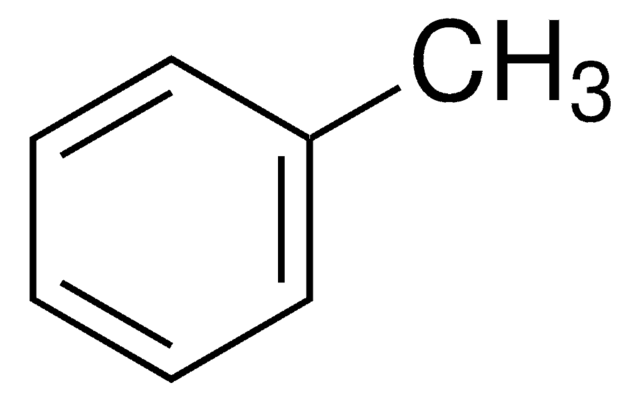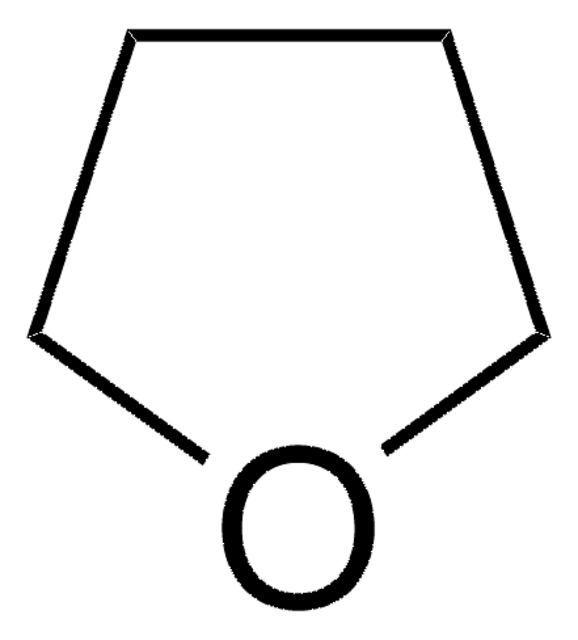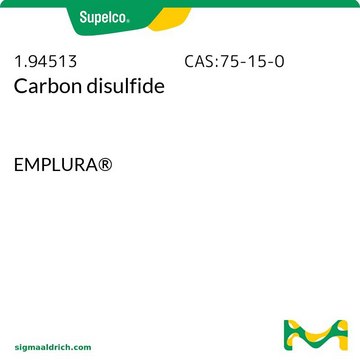936103
tBuXPhos Pd G6 Br
Synonym(s):
tBuXphos OAC precatalyst Br
About This Item
Recommended Products
form
powder
Quality Level
greener alternative product characteristics
Catalysis
Learn more about the Principles of Green Chemistry.
sustainability
Greener Alternative Product
greener alternative category
SMILES string
Br[Pd-](C1=CC=C(NC(OC2=CC=CC=C2)=O)C=C1)[P+](C(C=CC=C3)=C3C(C(C(C)C)=CC(C(C)C)=C4)=C4C(C)C)(C(C)(C)C)C(C)(C)C
General description
Application
Storage Class Code
11 - Combustible Solids
WGK
WGK 3
Flash Point(F)
Not applicable
Flash Point(C)
Not applicable
Choose from one of the most recent versions:
Certificates of Analysis (COA)
It looks like we've run into a problem, but you can still download Certificates of Analysis from our Documents section.
If you need assistance, please contact Customer Support
Already Own This Product?
Find documentation for the products that you have recently purchased in the Document Library.
Our team of scientists has experience in all areas of research including Life Science, Material Science, Chemical Synthesis, Chromatography, Analytical and many others.
Contact Technical Service






